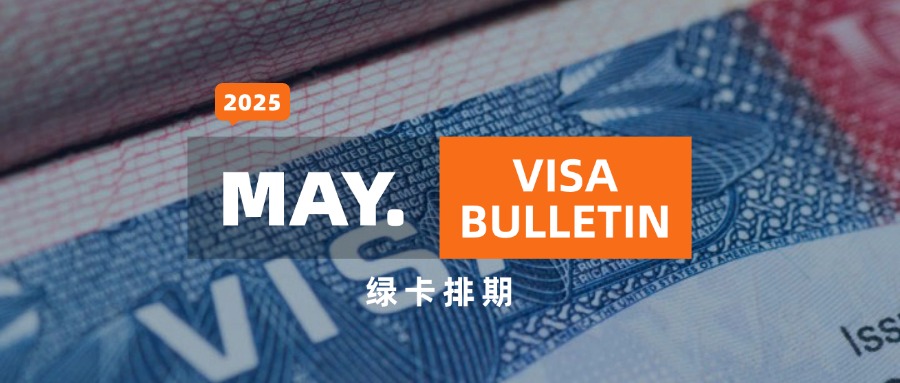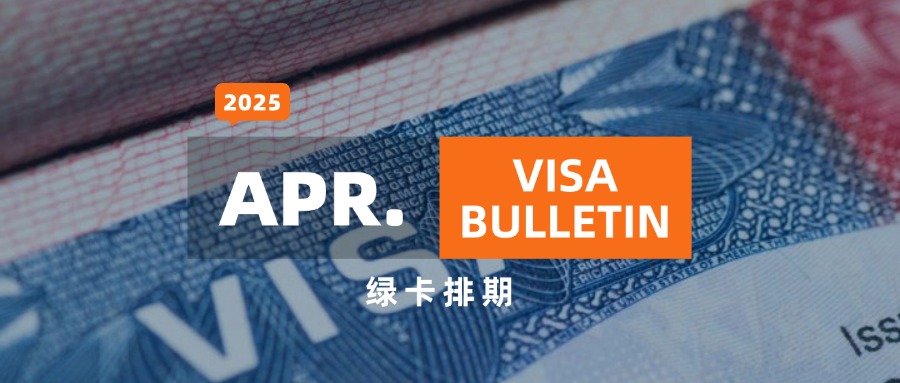
Understanding the EB-5 Reform and Integrity Act of 2022: Key Changes and Implications
The EB-5 program has long been a path to U.S. immigration for investors. However, on March 15, 2022, significant changes came into effect with the signing of the EB-5 Reform and Integrity Act of 2022 (RIA). In this article, we aim to shed light on these reforms and provide clarity for potential investors.
Revised Investment Period for I-526 and I-526E Petitions
The RIA introduces changes in the required investment timeframe. Specifically, for investors who filed an I-526 or I-526E petitions post-enactment of the RIA:
- The investment should remain in place for at least two years.
- The two-year investment timeframe begins when the complete qualifying investment is made and placed at risk, including making it available to the relevant job-creating entity.
For those who invested more than two years before filing the petition, the investment should still be maintained at the time of proper filing.
Difference in Investment Timeframe for Form I-829 Approval
The RIA differentiates between pre-RIA and post-RIA investors:
- Pre-RIA Investors: They must sustain their investment “at risk” throughout the 2-year period of conditional permanent residence. This status begins when they adjust to conditional permanent resident status or upon admission to the U.S. if they were overseas.
- Post-RIA Investors: The two-year period required begins when the full qualifying investment is made and placed at risk, including availability to the job-creating entity.
Retention of Investor’s Capital
Interestingly, the INA only sets the minimum required investment timeframes and doesn’t specify a maximum limit. This implies that regional centers or their related new commercial enterprises can negotiate extended periods of investment directly with their investors.
Return of Investment Capital for Post-RIA Investors
If post-RIA investors have met their 2-year investment requirement after filing their I-526 or I-526E but before its approval, their investment capital can be returned, assuming all other eligibility requirements, including job creation, are satisfied.
Extended Investment Requirement for Job Creation
If post-RIA investors haven’t fulfilled the job creation requirement while filing for removal of conditions on their permanent resident status, they may receive a one-year extension. During this extension, their capital must remain invested, even if it exceeds the two-year minimum period.
Job Creation and Sustainment for Pre-RIA Direct Investors
For direct/standalone investors who started before the RIA, their capital must remain “at risk” throughout their 2-year conditional residency. Once the required 10 full-time qualifying jobs are created, they meet the job creation requirement.
Targeted Employment Areas and Infrastructure Projects
When it comes to designations of high unemployment areas and infrastructure projects:
- For regional center cases, these designations are made during the adjudication of Form I-956F.
- For standalone cases, the designations are made during the adjudication of Form I-526.
Concurrent Filing of Form I-485 and Form I-526 or I-526E
Investors can file Form I-485 and Form I-526 or I-526E simultaneously if a visa would be immediately available upon the approval of their petition.
For those with pending I-526 forms filed before March 15, 2022, they can still file Form I-485 if they meet the necessary requirements.
In conclusion, the RIA has brought about notable changes to the EB-5 program. As with any legal matter, especially immigration, always consult with a legal expert to ensure you’re making informed decisions. If you have further questions or need assistance, consider reaching out to our law firm for guidance.


